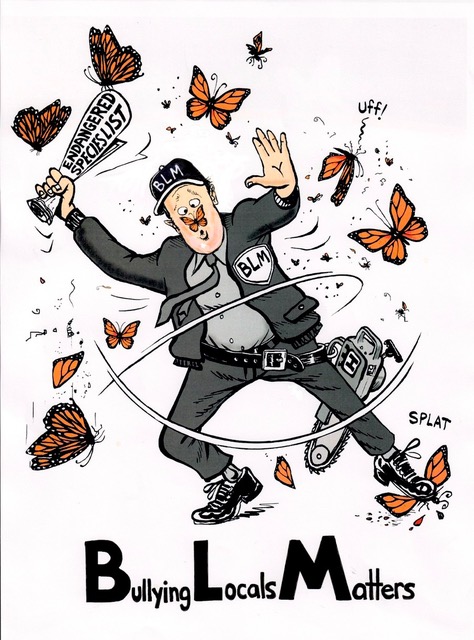Just released from Rad Sports©, a mountain biking gift that’s bound to delight even the most avid and technical adventurer. Imagine ever-expanding heart-pounding single-track experiences that are guaranteed to make sculpted physiques and unfold stories that will be shared for a lifetime. Check out our urban and mountain locations – there’s one within a 20-minute drive for most Bay Area residents. Memberships of any skill level are affordable, and you’re guaranteed to be delighted by the countless family benefits.
This is bound to be the most talked about gift this holiday season!
Equipment
Some people choose to bring their own bikes, but why not save thousands of dollars gearing up? A membership includes professional staff assistance fitting customers with the latest in stellar machines. Our extensive stock of parts and expert technicians means that we can even customize a bike quickly and easily – just choose gear online, and the custom unit will be ready on arrival. We have partnerships with all the big names, and even many of the smaller gear shops, so anticipate profound astonishment of mounting a bike normally far, far out of financial reach. With a membership subscription, we’ll store, update, and maintain custom machines and have them at-the-ready any time a participating member wants to go for a ride.
RAD Experiences!!
Whether for first class access to all-time favorite trails or to try something new, we make mountain biking dreams come true. Our team can make it so cyclists can bomb down trails never encountering another soul, or we can deck out friends’ groups to make the next ride a highly interactive shared experience.
Are you or someone you know one of those mountain bikers that are yearning for the next new trail experience? What if we told you that we can offer thousands of new and different trails at each of our locations…and that we are creating hundreds of new trails each year? Sound too good to be true?
Our trails engineers have been keeping our work super-secret for the last decade as we tested and refined our vision. We retained the nation’s top riding experts as we drilled in on final designs. You will be amazed!
Family Friendly
Have you ever worried that you or a family member might get critically injured mountain biking? Have you wondered how the sport is affecting finances even without emergency health care costs? We’ve all heard horror stories about mountain biking injuries. And many of us know the financial secrets avid mountain bikers keep from even their closest loved ones about all the money they sink into their gear.
Our program has guaranteed, fail-safe solutions for all those worries. That’s because we are offering cutting edge virtual mountain biking experiences that even the most experienced experts say are far better than the real thing.
Gear Up!
Some have doubted the virtual reality mountain biking experience, but after just one hour they can’t get enough. Imagine a futuristic bike gym combined with an immersive virtual reality system involving all the senses. Riders feel the wind in their face, experience shockingly real changes in trail surfaces, have staff-guided customized physical activity designed to reach exercise goals, jump and turn through terrain as technical as they choose, and any wipe outs are both outstandingly realistic and virtually injury-free[1].
The Logical Next Step
Let’s face it: with the equipment mountain bikers use, the cost uncertainties of this type of recreation, and the HIGHLY limited experiences mountain bikers are all facing, our project offers the most exciting new development to hit the sport since its inception.
Already, many mountain bikers are decked out with full helmets and other safety gear. Changing that gear up for a virtual reality outfit not only lightens the load, but adds to agility, and makes for far more immersive environmental experiences.
As trails get more and more crowded, everyone wants to bomb downhill on narrow tracks without worrying about others!
Trails Galore
We’ve got all the favorite trails ready for you or your loved ones. Or why not delve into new adventure dream trails – ones that stretch the imagination. We offer a wide range of choices of environmental settings. We have local rides through exquisitely modeled places that are known and loved. And, our program can put riders into sites rocketing through topography and environments from the farthest reaches of the planet. Each month, we randomly select a suggestion to inform our trail engineers’ next design, so stay tuned for even more…Rad New Trails©!!
Act Now!
This holiday season, give the gift that is guaranteed to keep your loved ones safer, save family money for years to come, and satisfy the most avid mountain bikers’ unending itch for new radical experiences. Purchase a gift package within the next week and save 25%!! Why not get one for the whole family?
-this post originally appeared in my regular column for Bruce Bratton’s BrattonOnline.com – why not subscribe and never miss another!
[1] Or opt for our minor injury packages with requisite waivers and insurance, still a bargain! This is a popular option for those who regularly injure themselves at the sport and so might otherwise feel something missing. Injuries created by padded devices in controlled settings still carry risk.




